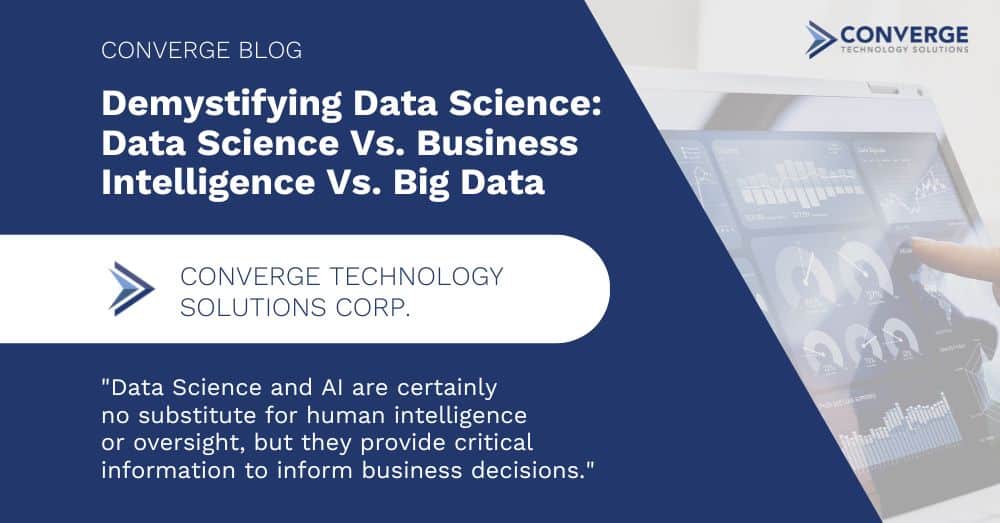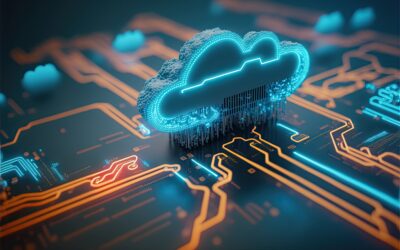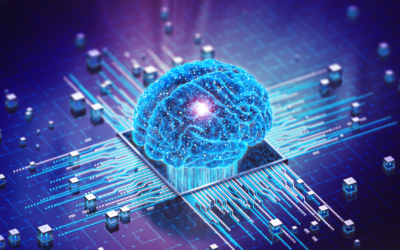The world has entered the era of big data, and organizations must find ways to collect, organize, process, and draw insight from it to remain relevant. Way back in 2017, the Economist boldly declared: the world’s most valuable resource is no longer oil, but data. Three years later, businesses are finally aware of the importance of data in the present and future business environments
Data science is the secret weapon to harness the power of data for business growth successfully. That’s why the Harvard Business Review named data science the sexiest job of the 21st century. In this article, learn the basics of data science, and how it compares to (and is often mistaken for) other terms within the world of data.
What is Data Science?
Data science is the broad term that means using statistics, data mining, data modeling, data analytics, and machine learning to format, understand, and analyze data. While data is a valuable resource, its value only extends to the level your organization has prepared, cleaned, formatted, and analyzed it. That’s what data professionals do.
The data scientist has a varied skill set, and he/she combines statistical knowledge, programming, and problem-solving to create formatted data for analysis using whichever tool.
Why tool, when you already have the data scientist, you may ask.
Well, the sheer volume of data makes it impossible for the human eye to detect patterns/trends/meaning. This is where data science and AI merge: using machine learning, deep learning, and other AI techniques to harness actionable operational insights.
There are many ways of applying AI for businesses’ data needs. Data science uses various techniques to help you better understand your data, industry, customer behavior, predictions to inform future actions, and business opportunities. Every business in every industry would do better by applying AI and data science.
Of course, this is a straightforward way of explaining.
Who is a Data Scientist?
The data scientist needs a broad base of knowledge and skills because his/her job has an extensive reach. He starts with communication with business executives to understand a business problem.
Then, he will acquire the correct data, prepare it, and perform exploratory data analysis. Here, he finds and refines the variables that will be applied in data modeling, which is the next step. Machine learning algorithms are used to identify the best data models.
Once the models are ready, the data scientist determines what visualizations are suitable, so that a wider audience can interpret the insights he gleaned. After all, his most essential purpose is to provide insights to solve business problems.
How Data Science Compares to BI and AI
Data science, business intelligence, predictive analytics, AI, and big data are standard terms you will meet in the field of data analytics. It is critical to understand how these terms intersect and relate within the data disciplines so that you know what your business needs when you get a particular professional – data scientist, data engineer, data architect, etc.
Data Science vs. Business Intelligence
Business intelligence and data science are both arms of data analytics, but the difference is in the outlook. Business intelligence (BI) offers rear-view analytics: it looks into the business’s historical data, scanning for patterns and trends using various techniques and tools. BI sheds light on the business’s current performance vis-à-vis its metrics and KPIs. There are specialized BI tools, but you can also use spreadsheets.
Conversely, data science analyzes historical and present data to define trends or make predictions for the future. It uses this data to solve business problems for the future, e.g., gaining efficiencies (increasing revenue and decreasing costs), transforming business practices, or informing future decision-making.
Most organizations have BI and wonder why data science is necessary. If you have BI, data science becomes the competitive differentiator – you have more accurate predictions to help you capture and maintain market share and retain customers.
You can act proactively to make decisions rather than reacting after events. Even if your BI is operational, data science and AI can help you discover insights from your data to transform your business.
So, the difference between Data Science and Big Data might be your next question. This is a relatively simple relationship: data science is carried out on big data. What is big data?
Organizations create large volumes of data during their core operations. This high volume of data in various formats, structured, semi-structured, and unstructured, is called big data. The basis for storage brings us to the next set of terms:
Data Warehouse vs. Data Lake
Organizations must store their big data somewhere. The storage depends on the data structure – structured data is in recognized formats, and you can easily understand the relationship between them. Unstructured information is stored as is, and it needs some work before it can provide value.
In a data warehouse, big data is organized into tables related to each other by keys (the work of the data architect). It is regularly monitored (by the data engineer), and accessed (by the data scientist or BI specialist) to derive insights.
Most businesses will organize the critical data elements they need to run the company. They use relational databases like SQL or DB2 – the key is that the data is organized.
Conversely, data lakes are storages for freeform data – from different sources and not necessarily related, but residing in one location. Anyone that needs it can access it, but it’s not processed or monitored continuously. Data lakes often need distributed file systems like Hadoop, because relational databases cannot handle such large volumes of data.
Data Science vs. AI vs. Predictive Analytics
Finally, AI is related to DS in that DS mainly applies AI technologies to achieve its goals. Artificial or Augmented intelligence is logic and reasoning on machines (computers mostly) that is made to resemble natural thinking (by the human brain). AI includes algorithms like machine learning and deep learning, but it can be used in many other applications, not just DS.
Predictive analytics and data science may be used interchangeably because their techniques/tools are quite similar. The only difference comes with the intention: in predictive analytics, you use data to predict the future, for the sole purpose of acting on the insights derived.
On the other hand, data science is more research-based. The point is to derive the insights, whether or not the organization chooses to act on them.
How Are You Applying Data Science in Your Business?
Data Science and AI are certainly no substitute for human intelligence or oversight, but they provide critical information to inform business decisions.
If you want to learn more about how data science can be applied to your business as your team and your role as CIO evolve, please explore our Advanced Analytics page.





